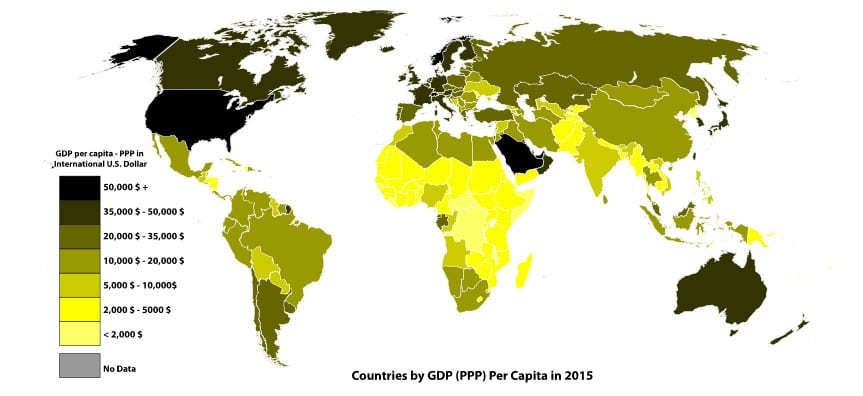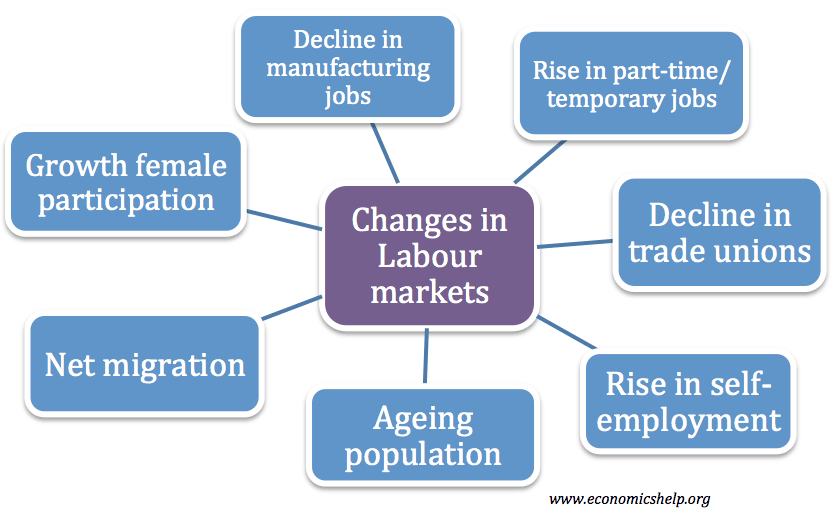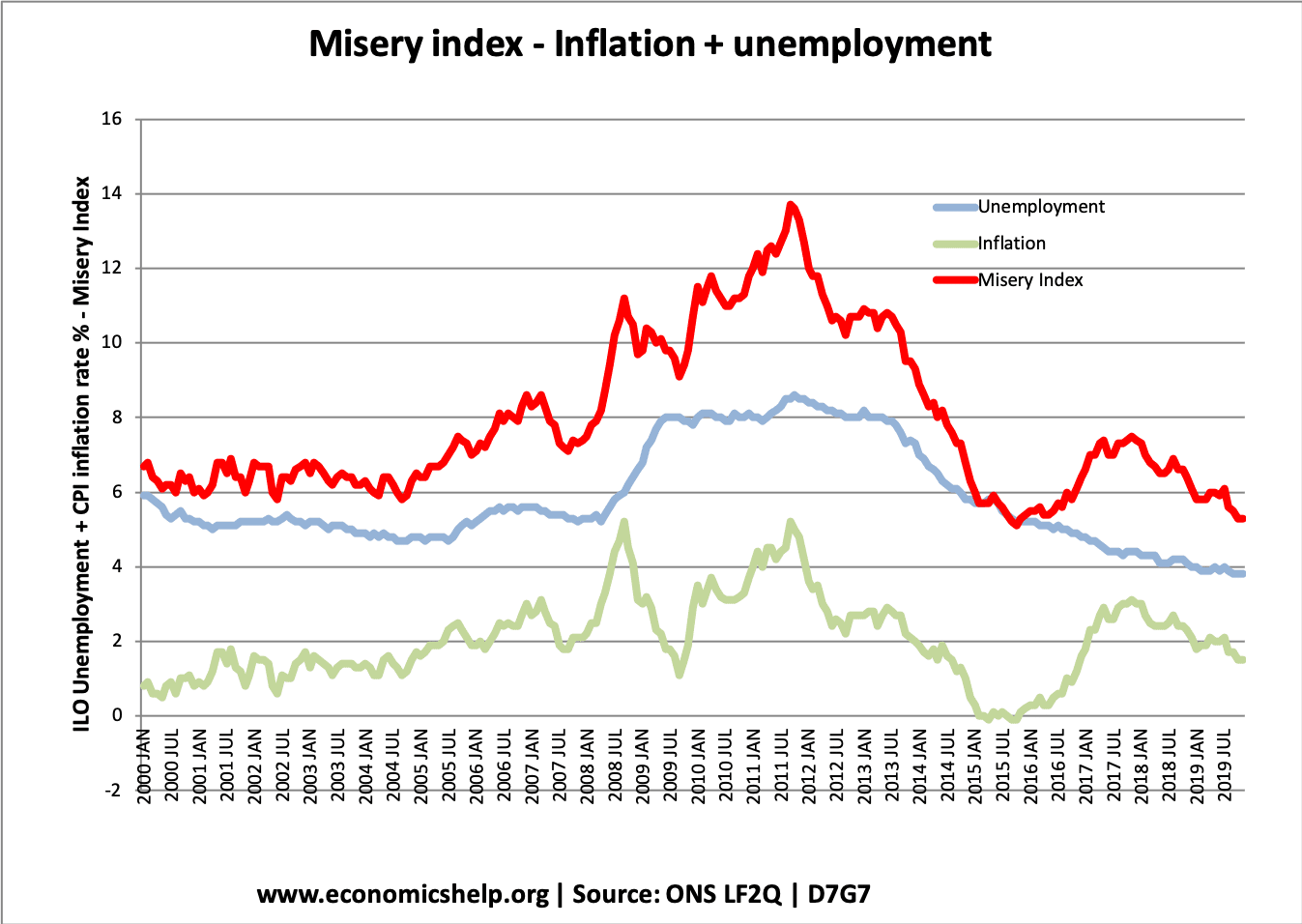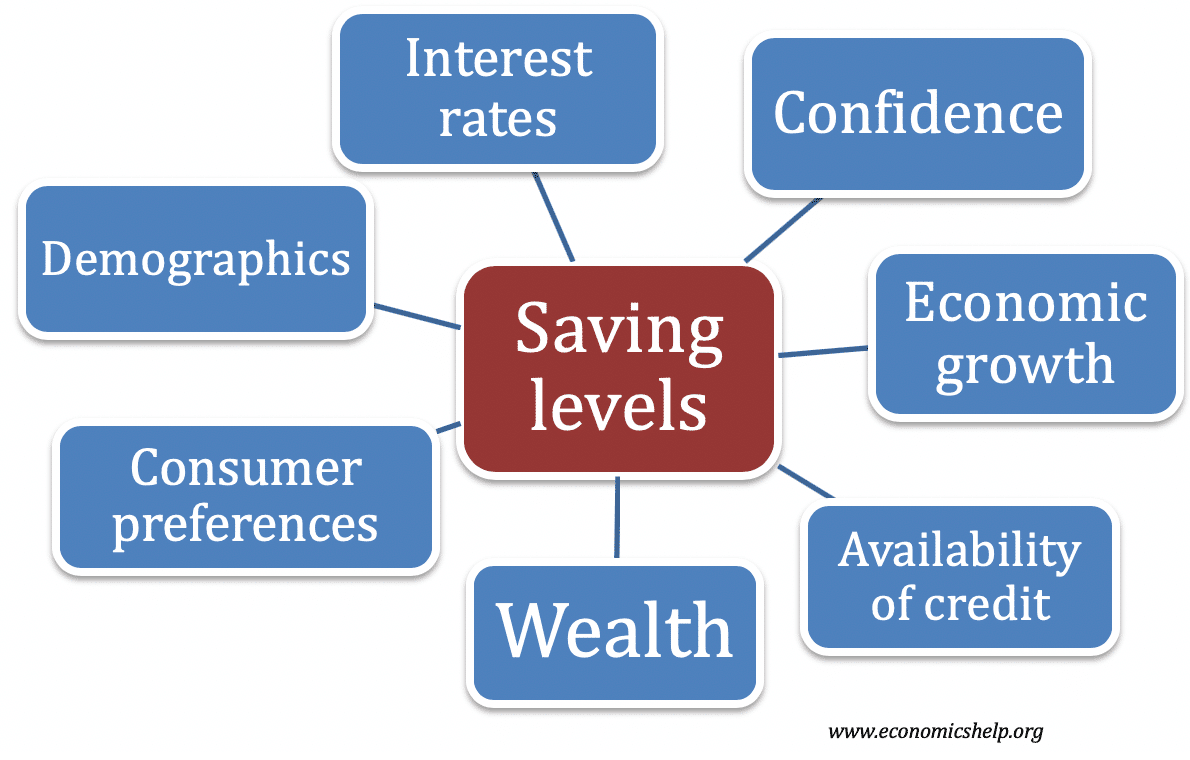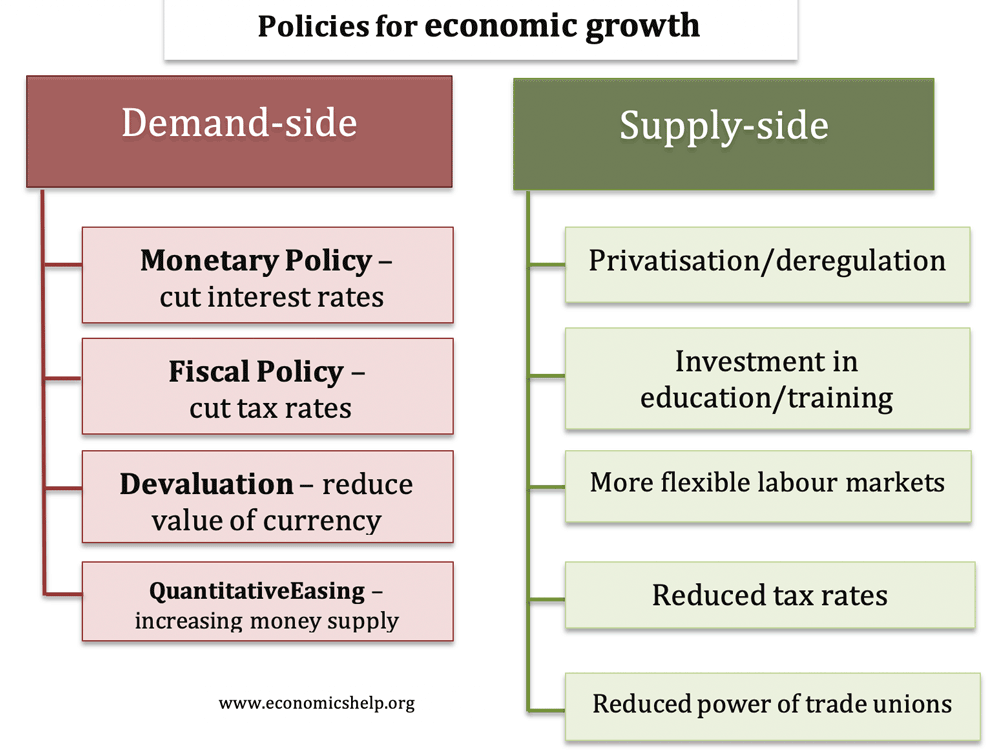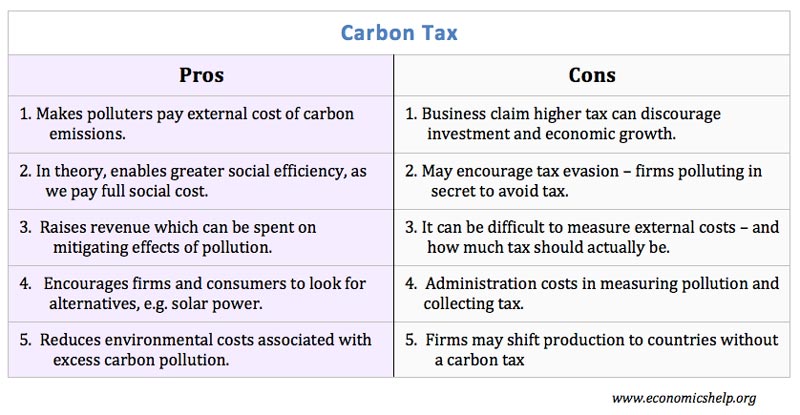Problems in Measuring Inflation
Inflation is a measure of changes in the cost of living. It is calculated by using statistics such as Consumer Price index CPI, retail price index RPI. However, the official inflation rate doesn’t include every price and some consumers may experience different inflation rates. For example, if the price of basic food items increases 50%, …

